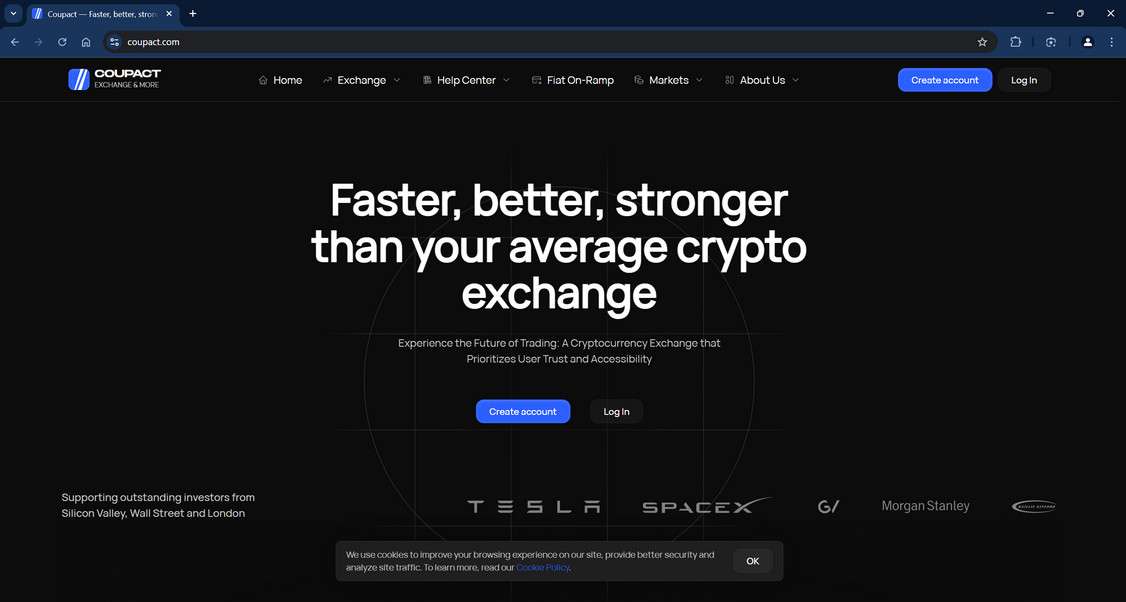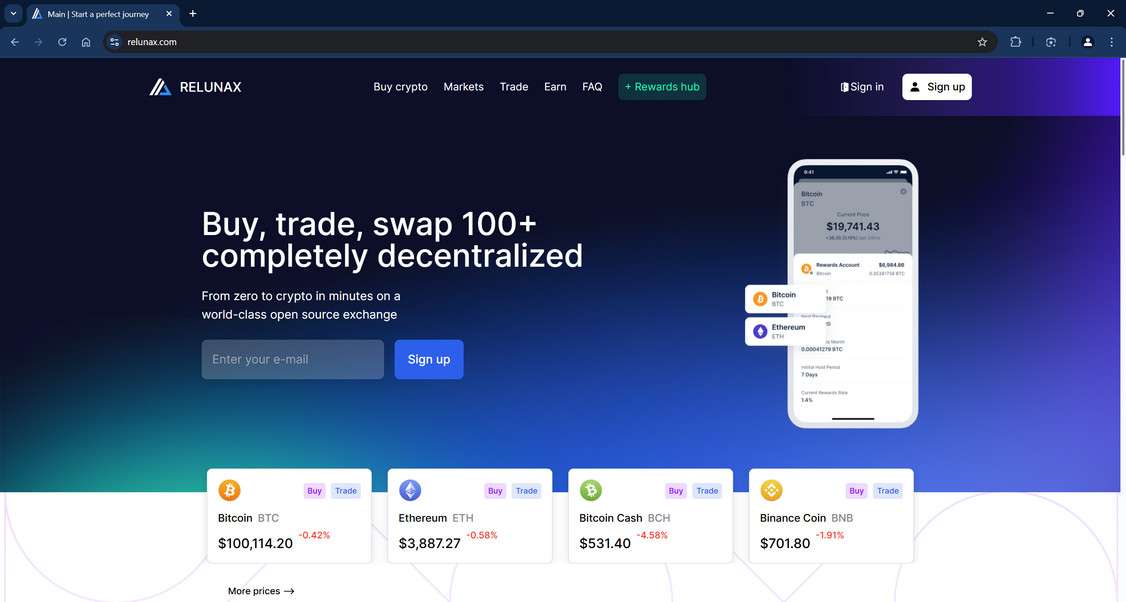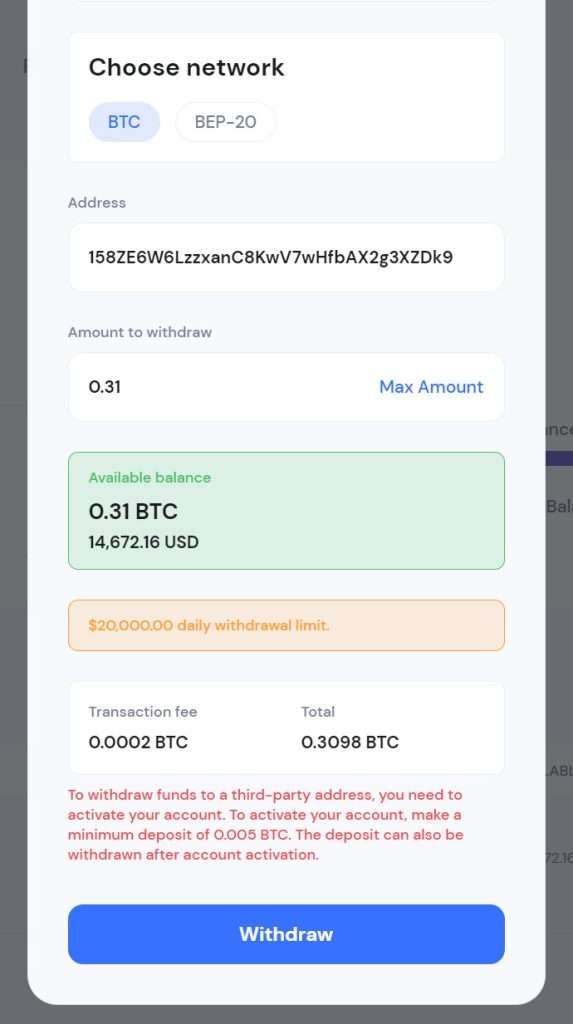A new viral scam is robbing people of their cryptocurrency – and it involves fake videos of Elon Musk promising free Bitcoin by just using a Musk043 promo code. These deceptive ads are everywhere, from TikTok to YouTube. They hook viewers with the prospect of getting 0.29 BTC absolutely free.
But the promise of easy money is just a ruse to steal your crypto.
In this article, we’ll break down exactly how the “Musk043 promo code” scam works and how to avoid becoming its next victim. With cryptocurrency surging in popularity, increasingly brazen heists are separating folks from their digital wealth.
Let’s make sure these fraudsters can’t swindle you too. We’ll look at how they create persuasive fake videos, build convincing scam websites, and use social engineering tricks to rob people blind.
You’ll also get actionable advice on what to do if you already fell for this scam so the damage can be minimized. Avoiding cryptocurrency frauds like this one takes knowledge and vigilance.
Let’s dive in!






Overview of the Scam
The Musk043 promo code cryptocurrency scam is a fraud sweeping social media and stealing millions from unsuspecting victims. This elaborate deception uses deepfake videos of Elon Musk, fake cryptocurrency websites, and psychological tricks to convince users to hand over their real Bitcoin and crypto assets.
The scam works as follows…
Scammers are running online ads on sites like Facebook, Instagram, and TikTok. The ads feature AI-generated deepfake videos of Elon Musk. In the videos, he appears to be enthusiastically promoting a cryptocurrency giveaway.
Users who click the ad are taken to a scam website made to look like a legitimate cryptocurrency exchange platform. The site has a promotion for a Musk043 promo code that provides 0.29 BTC, 0.4 BTC, or some other amount of free Bitcoin to new users.

To get the free crypto, people have to sign up with an email and password. The site then states to withdraw the funds, a deposit of 0.005 BTC is required to “activate” withdrawals.

Unsuspecting victims deposit real crypto, thinking they just need to verify their account. But once the scammers have collected enough deposits, they disable all accounts and disappear with the money.
The fraudsters keep the scam going by creating new websites, ads, and fake Elon Musk videos to lure additional victims. Let’s look next at how they pull off this scam in more detail.
How the Musk043 Promo Code Crypto Scam Works
The cybercriminals behind this fraud put a lot of effort into making it look legit. Here is the step-by-step process they use to successfully trick many people:
1. Create Fake Elon Musk Videos
The scammers use AI deepfake technology to generate videos that look like Elon Musk. The deepfakes combine real footage of the billionaire entrepreneur with synthesized audio and video to make it appear he is promoting a crypto giveaway.
The production quality on these deepfakes continues to improve, making them harder to detect as fake. The videos often begin with legitimate news clips from networks like CNN or Fox News to add credibility.
After the news intro, the fake Elon Musk appears and enthusiastically endorses a cryptocurrency platform where he is supposedly giving away free Bitcoin.

2. Promote the Videos on Social Media
Once created, the fraudsters pay for targeted video ads on TikTok, Facebook, Instagram and other platforms. The ads are promoted heavily to users likely to be interested in cryptocurrency topics.
When people click the video ads, they are sent to one of the scam sites the cybercriminals operate.
3. Direct Users to the Scam Website
The fake crypto giveaway platform is designed to look like a legitimate Bitcoin exchange website. They often use images and logos from Tesla, SpaceX, and Elon Musk himself to appear more credible.
When visitors arrive, the site has details about getting 0.29 BTC, 0.4 BTC or some other amount free when using the Musk043 promo code.

4. Users Must Sign Up to Get the “Free Crypto”
To claim the cryptocurrency giveaway funds, people are prompted to create a login with their email and a password.
The scam site asks for this information so the scammers can collect account credentials and later disable access once they have the victims’ money.
5. Fake Activation Deposit Required
After logging in, users are shown a Bitcoin balance matching the giveaway amount – for example 0.4 BTC. When they attempt to withdraw those funds to an external wallet, an error message pops up.
It states withdrawal is not yet enabled, and to activate it, a deposit of 0.005 BTC must first be sent to the scam wallet address.
This tricks victims into thinking they simply need to verify their identity or account to withdraw. In reality, it’s a sneaky way to get users to deposit real crypto into the fraudulent platform.
6. Accumulate Real Deposits, Then Disable Accounts
Once the cybercriminals have collected enough legitimate Bitcoin deposits through their trick, they suddenly disable all user accounts.
The scam website then typically goes offline, and the funds stolen are moved to other wallets.
The fraudsters repeat the process by creating new domains, fake Elon Musk videos, and fresh scam site copies to steal from more unsuspecting victims.
What to Do if You Deposited Crypto into a Musk043 Scam Site
If you already sent Bitcoin or other cryptocurrency to one of these Musk043 promo code scam websites, here are some steps to take right away:
- Contact Your Wallet Provider – If you deposited from an account on Coinbase, Binance, or another major exchange, reach out to their fraud department for assistance recovering the funds. They may be able to reverse the transaction if acted on quickly.
- Inform Your Bank – If you purchased the crypto using a credit card, debit card, or bank account, notify your bank or card issuer and ask to reverse the charges due to fraud.
- Report to Authorities – File a complaint with the FBI’s Internet Crime Complaint Center (IC3) and your local authorities. Provide all details about the scam website, transactions, and how you were deceived.
- Avoid Further Interaction – Do not attempt to log back into the scam website or contact the cybercriminals. This could compromise any investigation or recovery efforts.
- Monitor Your Accounts – Keep an eye out for any other unusual activity or unauthorized transactions. Consider changing passwords as a precaution.
- Warn Others – Help prevent more victims by reporting fake Elon Musk crypto scam videos and posts on social media. Make people aware of this fraud method.
- Learn From This – In the future, don’t believe celebrity cryptocurrency endorsements without verifying them. Also never send crypto to receive a promised payout – legitimate platforms will never ask for deposits like this.
Being defrauded by online scams can be demoralizing, but try to report it promptly and you may be able to get some justice and your money back. Don’t let the cybercriminals get away with it.
Frequently Asked Questions About the Musk043 Promo Code Crypto Scam
1. What is the Musk043 promo code crypto scam?
The Musk043 promo code crypto scam is a fraudulent scheme where scammers create fake videos of Elon Musk promoting a cryptocurrency giveaway. They direct victims to a fake website and trick them into depositing real crypto, claiming it is required to withdraw their earnings. Once enough deposits are collected, the scammers disappear with the funds.
2. How do the scammers create the fake Elon Musk videos?
The fraudsters use deepfake technology to produce high quality AI-generated videos of Elon Musk endorsing a fake cryptocurrency platform and Musk043 promo code. The deepfakes combine real news clips and synthesized audio/video of Musk.
3. Where do the scammers promote the fake videos?
The videos are promoted via paid ads on YouTube, TikTok, Facebook, Instagram and other social media sites. The ads target users likely to click on cryptocurrency-related content.
4. What happens when victims click the promo video ads?
Clicking the ads leads to sophisticated scam websites designed to look like legitimate Bitcoin exchange platforms. The sites have details about a cryptocurrency giveaway tied to the Musk043 promo code.
5. How do the scammers get victims to deposit crypto into their scam site?
After creating an account for the “giveaway,” users see a balance reflecting the reward amount. When they try to withdraw it, an error says they must first deposit a small amount to “activate” withdrawals. This tricks users into sending real crypto to the scammers.
6. What do the scammers do after collecting deposits?
Once enough legitimate deposits have been collected through their ruse, the scammers suddenly disable all user accounts and take down the site. They repeat the scam with new sites, videos and accounts.
7. What should I do if I fell victim to the Musk043 promo code scam?
If you deposited crypto, immediately contact your wallet provider or bank to try reversing the charges, report it to authorities, monitor your accounts closely, and warn others to avoid being similarly deceived.
8. How can I avoid falling for the Musk043 promo code scam?
Avoid clicking unsolicited crypto giveaway promotions online. Be skeptical of celebrity endorsements. Never deposit crypto into unfamiliar sites with promises of earning greater returns. Only use well-known, reputable platforms.
9. How can I spot the Musk043 promo code scam?
Look for videos promoting too-good-to-be-true crypto giveaways from Elon Musk. Be wary of ads directing to sketchy-looking sites asking for deposits to “activate” withdrawal of earnings. Verify legitimacy directly through official channels.
10. Where can I learn more about cryptocurrency scams?
Helpful resources include the FTC website, FBI IC3 complaints page, CISA alerts page, and cybersecurity blogs covering the latest crypto scams. Knowledge is key to protecting yourself.
The Bottom Line
This Elon Musk Musk043 promo code cryptocurrency giveaway scam is persuading many victims to deposit real Bitcoin and other crypto into fraudulent sites. The fake deepfake videos and elaborate scam websites almost seem legitimate, but it is all an elaborate ruse.
Now that you understand precisely how this scam works, you can avoid being deceived by it. Watch out for too-good-to-be-true giveaways and celebrity endorsements online. When in doubt, double check directly with any platform being promoted.
With cryptocurrency gaining mainstream traction, increasingly sophisticated scams have emerged to take advantage of unwitting users. But by informing yourself and taking precautions, you can prevent these cybercriminals from stealing your hard-earned money.
Stay vigilant, follow the security best practices outlined above, and exercise skepticism before interacting with any unfamiliar cryptocurrency offers or platforms. Following the old adage holds true: if something seems too good to be true, it probably is.
With the insights provided in this article, you now have the knowledge needed to protect yourself and your cryptocurrency investments.










